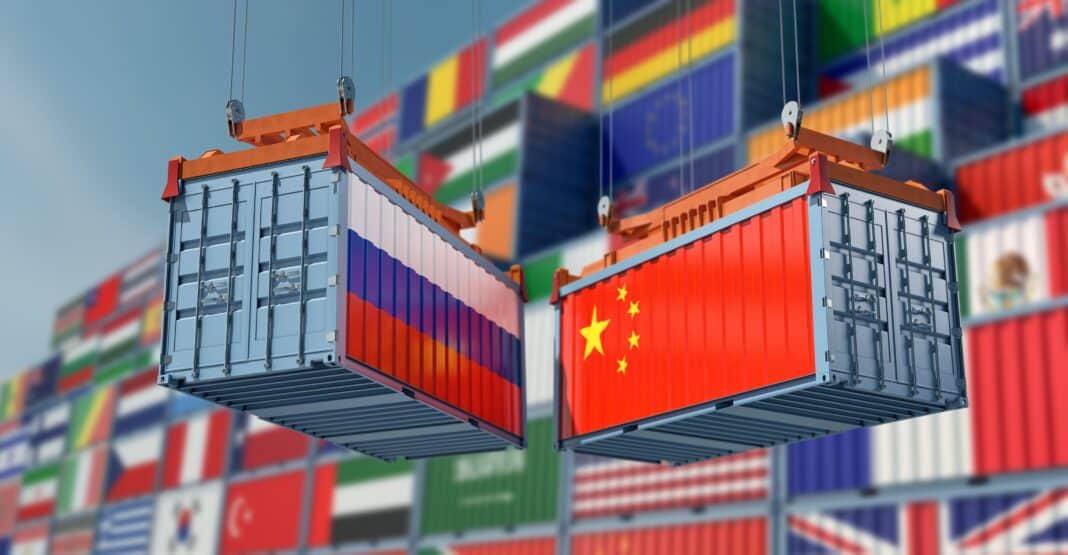Russia is ramping up plywood production, with exports to China tripling for March, just weeks after the US Government’s Department of Agriculture reported that Russian imports sank 86% in February.
As reported by China Customs, more than 32,000 cubic metres of plywood—just under 90% of the country’s total plywood imports—came from Russia in March 2024, an increase from 9,500 cubic metres (or 68% of the total plywood imports) in March 2023.
China is by far the world’s largest producer of plywood, with 9,800 manufacturers producing over 100 million cubic metres of plywood—more than 70% of the world’s total output—before selling it into international markets.
However, in recent years, environmental groups have flagged concerns that China is operating as a broker for Russian and Belarussian timber, with plywood made from Russian birch entering European markets via China, Vietnam and a series of “friendly countries” across Eurasia.
According to China Customs, the largest markets for Chinese plywood exports last month include the United Kingdom (9.1% or 73,100 cubic metres – which has a total ban on all Russian timber), the Philippines (9%), Japan (6%), Saudi Arabia (5% – currently building the $500b NEOM Gigacity) and Australia (4.8%).

It comes as Wood Central reported yesterday that Russia and Belarus now account for 70% of all Chinese lumber imports—with more than 3 million cubic metres of lumber entering Chinese ports now coming from Russia (63%) or Belarus (7%), making up the shortfall from drops in production coming from Finland, Sweden, and Germany.
Not known is how much of this plywood and lumber is entering global markets and contravening sanctions imposed by the UK, European Union and a number of Western Countries in the wake of Russia’s invasion of Ukraine.
Last year, an International Consortium of Investigative Journalists (ICIJ) investigation found that more than 100,000 tonnes of Russian and Belarusian-linked lumber was entering the EU trading zone via ten-friendly nations, including China.
Meanwhile, last month, Wood Central reported on a new tracking system that can crack 82% of “false verification claims” made by Russian traders that import timber directly into the EU using false documentation or via a third country, like China or Kazakhstan.
The new tech has the potential to completely transform the global supply chain of forest-based products, which has, until now, relied on “origin declaration statements” and third-party certification schemes to verify and demonstrate the “chain of custody” from origin.
Before the invasion, 12% of all EU timber product imports under Chapter 44 of the Harmonized Tariff Schedule came from Russia and Belarus. However, the issue is that “demand for birch, beech, pine, and oak products remains high,” with “a rise in trade through secondary markets, suggesting efforts to disguise origin to evade sanctions.”







